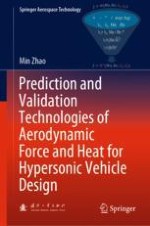2021 | Buch
Über dieses Buch
This book provides an overview of advanced prediction and verification technologies for aerodynamics and aerothermodynamics and assesses a number of critical issues in advanced hypersonic vehicle design. Focusing on state-of-the-art theories and promising technologies for engineering applications, it also presents a range of representative practical test cases. Given its scope, the book offers a valuable asset for researchers who are interested in thermodynamics, aircraft design, wind tunnel testing, fluid dynamics and aerothermodynamics research methods, introducing them to inspiring new research topics.
Anzeige
